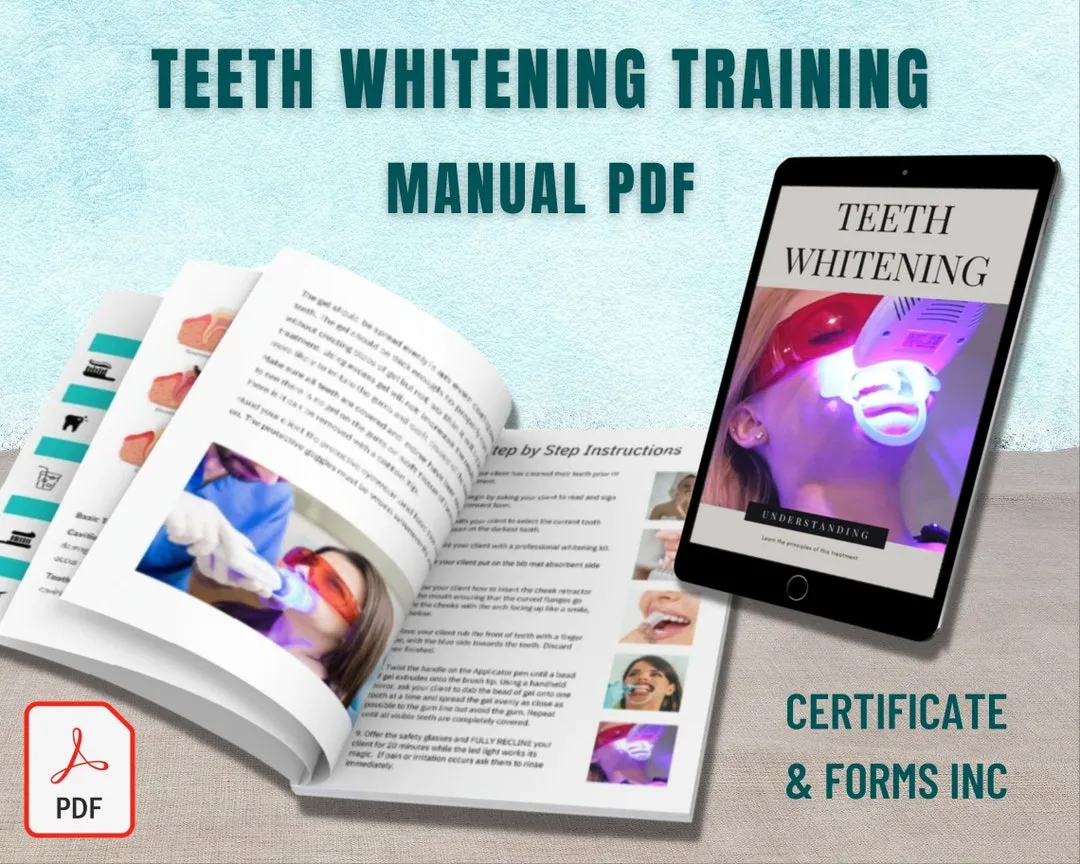Teeth Whitening Manual Overview
Welcome to the ultimate Teeth Whitening Manual How-To Guide. Achieving a brighter, more confident smile is a goal for many, and this comprehensive guide provides all the information you need to understand the process, explore various methods, and make informed decisions. This manual will walk you through the essentials of teeth whitening, from understanding the causes of discoloration to selecting the right whitening method and maintaining your results. Whether you are considering professional treatments, at-home solutions, or seeking advice on homemade techniques, this guide offers detailed insights and practical advice to help you achieve your desired level of whiteness safely and effectively. We’ll cover everything from understanding the science behind whitening to addressing potential side effects and ensuring long-lasting results. Let’s dive in and transform your smile!
Understanding Tooth Discoloration
Before embarking on any teeth whitening journey, it’s crucial to understand why your teeth might have lost their natural brightness. Tooth discoloration can stem from a variety of factors, both internal and external. Understanding these causes will help you choose the most appropriate whitening method. Tooth discoloration can be classified into two main categories: extrinsic and intrinsic. Extrinsic stains affect the enamel’s surface, while intrinsic stains originate from within the tooth structure, affecting the dentin. Both types of stains require different approaches for effective whitening. Knowing the root causes of discoloration will guide you to the most effective teeth whitening solution, ensuring the best results and long-term maintenance of your bright smile. This proactive approach allows for a targeted strategy, maximizing effectiveness and minimizing potential risks.
Common Causes of Tooth Staining
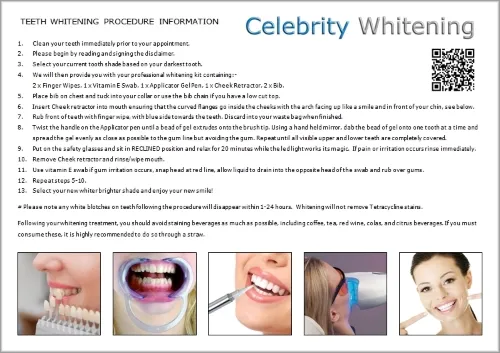
Several common factors contribute to tooth staining. Dietary habits play a significant role; consuming foods and beverages with strong pigments, such as coffee, tea, red wine, berries, and soy sauce, can lead to extrinsic stains over time. Smoking and tobacco use are also notorious for causing yellowing and brown stains on teeth. Poor oral hygiene, including inadequate brushing and flossing, allows plaque and tartar to build up, which can trap stains and worsen discoloration. Certain medications, such as tetracycline antibiotics taken during tooth development, can cause intrinsic staining. Age-related changes, where enamel thins and the underlying dentin becomes more visible, also contribute to tooth discoloration. Recognizing these common causes allows you to take preventive measures and select the appropriate whitening treatments to combat staining effectively. Addressing these factors can significantly improve the longevity and effectiveness of your teeth whitening efforts.
Types of Teeth Whitening Methods
The market offers a wide array of teeth whitening methods, each with its own set of advantages, disadvantages, and suitability for different individuals. These methods range from professional treatments administered by dentists to over-the-counter products available in stores. Understanding the different types of whitening methods will help you make an informed choice based on your needs, preferences, and budget. From the immediate results of in-office procedures to the convenience of at-home kits, you can choose the most appropriate method to achieve the desired level of brightness. Considerations include the potency of whitening agents, the duration of treatment, and the potential for sensitivity. Proper selection will not only ensure that your teeth whitening journey is effective but also safe and tailored to your specific oral health profile. The following sections delve into the details of each method, providing insights to guide your decision-making process.
Professional Teeth Whitening
Professional teeth whitening offers the most effective and controlled approach to brightening your smile. Dentists use high-concentration bleaching agents, often with the assistance of specialized equipment like UV lights or lasers, to accelerate the whitening process. These treatments are performed in a clinical setting, ensuring that the dentist can monitor the process and address any issues, such as sensitivity, immediately. The high concentration of the bleaching agents typically yields the most dramatic results, often in a single session. Professional whitening is ideal for individuals seeking rapid and significant improvements in tooth color, as well as those with stubborn stains that resist over-the-counter treatments. This process ensures the best possible outcome for your teeth whitening goals.
In-Office Whitening Procedures
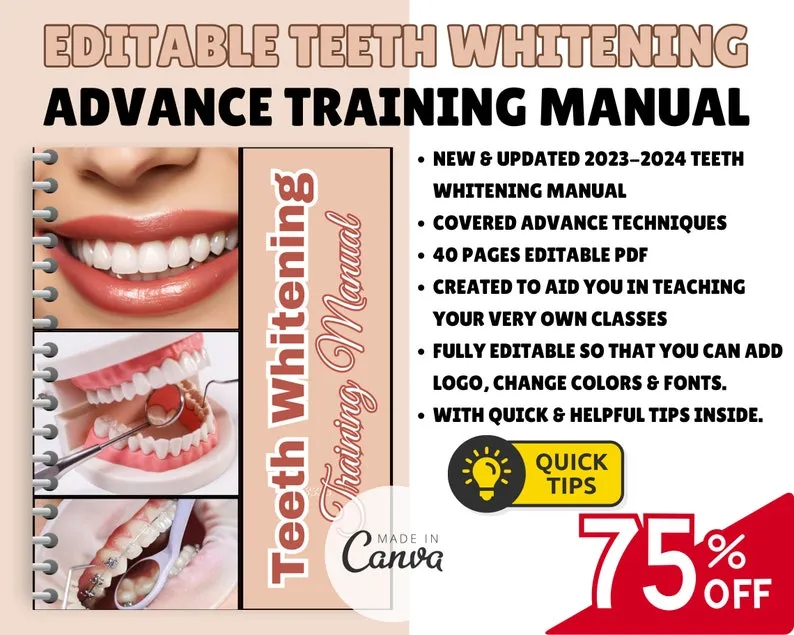
In-office whitening procedures are the fastest route to a significantly brighter smile. During the procedure, your dentist will apply a high-concentration whitening gel to your teeth and may use a special light or laser to activate the bleaching agent. This process is closely monitored to ensure the safety of your gums and teeth and to minimize sensitivity. Sessions typically last about an hour, and the results are immediate. The benefits include professional supervision, powerful whitening agents, and a controlled environment that can provide dramatic improvements in just one visit. The dentist can also tailor the treatment to your specific needs and dental health conditions, making this a highly personalized and effective option for teeth whitening. The procedure is designed to deliver impressive results while ensuring patient comfort and safety.
At-Home Teeth Whitening
At-home teeth whitening provides a convenient and cost-effective way to improve the brightness of your smile from the comfort of your home. These kits typically involve custom-fitted trays filled with a lower concentration of whitening gel, which you wear for a specific period each day. At-home whitening is suitable for individuals seeking gradual improvements and those who prefer a more flexible treatment schedule. Before starting any at-home whitening regimen, it’s essential to consult with a dentist to ensure it’s safe for your teeth and gums. They can also provide custom-fitted trays for optimal results. Consistency is key when using at-home whitening kits, and following the instructions carefully will lead to noticeable improvements over time. This method combines convenience with effective whitening, making it a popular choice for many.
Over-the-Counter Options
Over-the-counter (OTC) teeth whitening products offer accessible and budget-friendly options for enhancing your smile. These products include whitening toothpastes, strips, and gels that are available at most drugstores and supermarkets. Whitening toothpastes contain mild abrasives or chemicals that help remove surface stains. Whitening strips are thin, flexible strips coated with a whitening agent that you apply to your teeth. These options are often less potent than professional treatments and are best suited for removing surface stains or maintaining the results of a professional whitening. OTC products are a convenient starting point for those new to teeth whitening or looking for a simple way to brighten their smiles. However, it’s important to be realistic about the results and to follow the product instructions carefully to minimize any potential risks.
Whitening Toothpastes
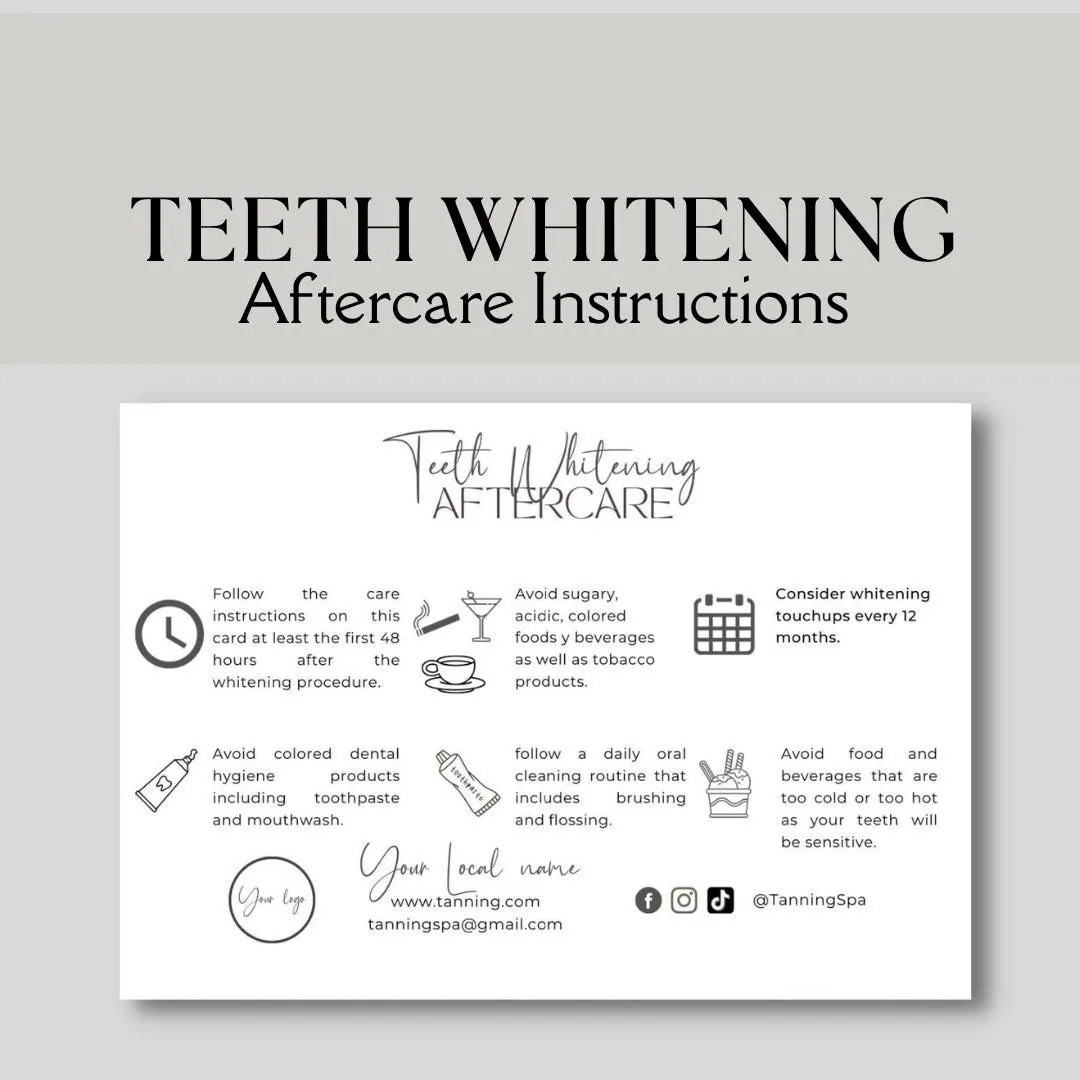
Whitening toothpastes are a popular and accessible option for improving the brightness of your teeth. These toothpastes contain mild abrasives, chemical agents, or peroxide to remove surface stains and polish the teeth. They are a convenient way to incorporate whitening into your daily oral hygiene routine. While whitening toothpastes can help remove extrinsic stains caused by coffee, tea, and other foods, they are less effective on intrinsic stains. Using a whitening toothpaste can help maintain the results of other whitening treatments or provide a subtle improvement in tooth color. It is important to use whitening toothpastes as directed and to be aware that excessive use of abrasive toothpastes may cause sensitivity over time. Choose a toothpaste that suits your needs and complements your overall approach to oral health.
Whitening Strips and Trays
Whitening strips and trays are another popular over-the-counter option for teeth whitening, providing a more concentrated whitening treatment compared to toothpastes. Whitening strips are thin, flexible strips pre-coated with a whitening gel that contains hydrogen peroxide or carbamide peroxide. Trays, on the other hand, can be pre-filled or custom-fitted, and they hold the whitening gel against your teeth for a specific duration. These methods are typically more effective than whitening toothpastes, as they deliver a higher concentration of the whitening agent. They can be used for a specific period daily and are easy to use, making them convenient for at-home treatments. Results typically become visible within a few weeks. Following the instructions carefully is important to achieve the best results and minimize any potential side effects, such as tooth sensitivity or gum irritation.
Homemade Teeth Whitening Techniques
Homemade teeth whitening techniques have gained popularity as a cost-effective alternative to professional treatments and over-the-counter products. Common methods involve using baking soda, lemon juice, or activated charcoal. Baking soda acts as a mild abrasive that can help remove surface stains, while lemon juice contains citric acid that can whiten teeth. Activated charcoal is believed to absorb stains from the teeth. While these techniques are easily accessible, they often lack the scientific backing of commercial products, and their effectiveness varies. Additionally, some homemade methods may pose risks if used improperly, such as enamel erosion from excessive abrasion or acid exposure. Before trying any homemade whitening methods, it’s important to research potential risks and consult with a dental professional.
Safety and Effectiveness of Homemade Methods
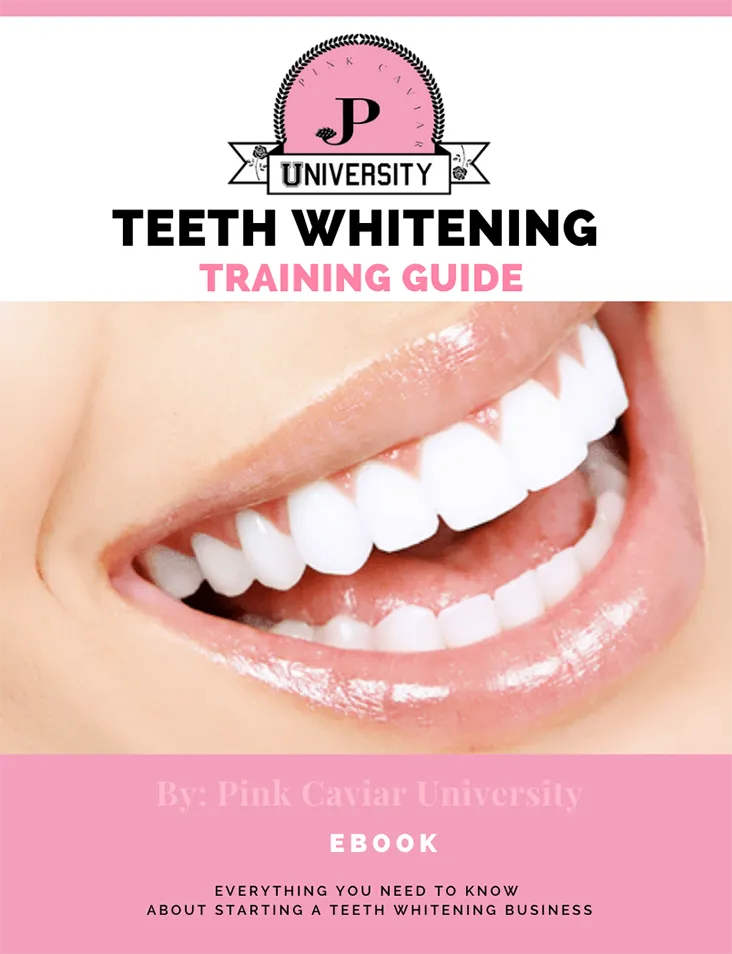
The safety and effectiveness of homemade teeth whitening methods are subject to debate and depend on the specific ingredients and methods used. Many DIY techniques lack scientific evidence to support their claims, and some may even pose risks. For instance, using abrasive materials like baking soda excessively could potentially erode the enamel, leading to increased tooth sensitivity and long-term damage. Similarly, the high acidity of lemon juice can erode enamel, increasing the risk of cavities. Activated charcoal has been shown to remove some surface stains, but its long-term effects are not well-studied. The effectiveness of homemade techniques tends to be limited to removing surface stains. It is essential to exercise caution when considering homemade teeth whitening and consult a dentist for a professional opinion.
Step-by-Step Manual for Teeth Whitening
Embarking on a teeth whitening journey requires a clear plan to ensure optimal results and safety. A structured step-by-step approach can guide you through the process, from preparation to aftercare. This section outlines the key steps involved in teeth whitening, covering everything from consulting with a dental professional to choosing the right whitening method and following through with post-treatment care. By adhering to this step-by-step manual, you can maximize your chances of achieving a brighter, healthier smile. Whether you are opting for professional treatments, at-home kits, or considering homemade techniques, this guide ensures you have the knowledge and tools to make informed decisions and achieve your desired results effectively and safely.
Pre-Whitening Preparation
Preparation is key to a successful teeth whitening process. Before initiating any whitening treatment, it’s essential to assess your oral health and identify any potential issues that could affect the outcome. This involves consulting a dentist for a thorough examination. They can identify any underlying problems, such as cavities or gum disease, that need to be addressed. The dentist can also clean your teeth to remove plaque and tartar, which ensures that the whitening agent can effectively penetrate the enamel. This pre-whitening preparation ensures that the procedure is safe and effective. Planning ahead can help prevent complications and yield better results, setting the foundation for a successful whitening experience and long-term maintenance of your brightened smile.
Consulting a Dentist
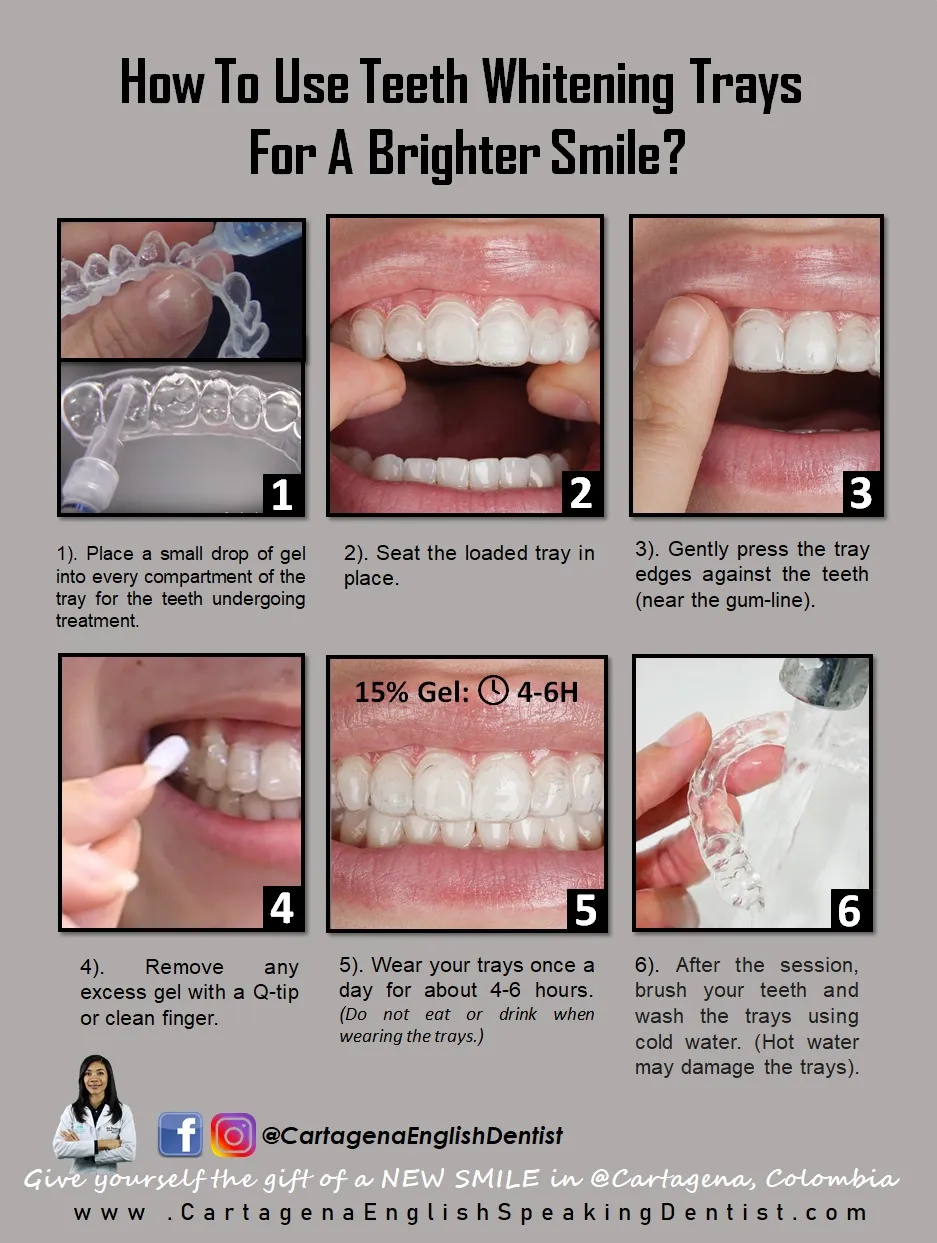
Consulting a dentist is the most important step in preparing for teeth whitening. A dental professional can assess your oral health and determine if teeth whitening is appropriate for you. They will evaluate your teeth and gums for any underlying issues, such as cavities, gum disease, or existing dental work. If any dental problems are present, the dentist can address them before starting the whitening process. They can also explain the different whitening options, provide a professional cleaning, and recommend the best method for your specific needs. Additionally, the dentist can help manage and minimize potential side effects, such as tooth sensitivity. Consulting a dentist ensures that the whitening procedure is safe, effective, and tailored to your oral health needs.
Choosing the Right Whitening Method
Choosing the right teeth whitening method involves considering several factors, including your budget, desired results, and oral health. Professional whitening offers the most effective and rapid results, but it also tends to be the most expensive option. At-home whitening kits are more affordable and convenient, but they may take longer to achieve the desired level of brightness. When making a decision, carefully evaluate your lifestyle and preferences. Consult your dentist, discuss your goals, and weigh the pros and cons of each method. Consider the sensitivity of your teeth. The best method aligns with your lifestyle, preferences, and financial resources. This ensures that the selected method will be effective, safe, and sustainable, helping you achieve a brighter, more confident smile.
Applying the Whitening Agent
The application of the whitening agent varies depending on the method chosen, whether it be professional in-office treatments, at-home kits, or over-the-counter options. In professional settings, a dentist applies a high-concentration whitening gel to your teeth and may use a specialized light or laser to activate the bleaching process. At-home kits typically involve using custom-fitted trays filled with a lower concentration of whitening gel, which you wear for a set period. Over-the-counter products such as whitening strips are applied directly to your teeth. Following instructions carefully is essential for all methods. This includes applying the agent correctly, adhering to the recommended treatment duration, and taking precautions to protect your gums from irritation. Understanding how to apply the whitening agent properly is essential to achieve the best results.
Following Instructions Carefully
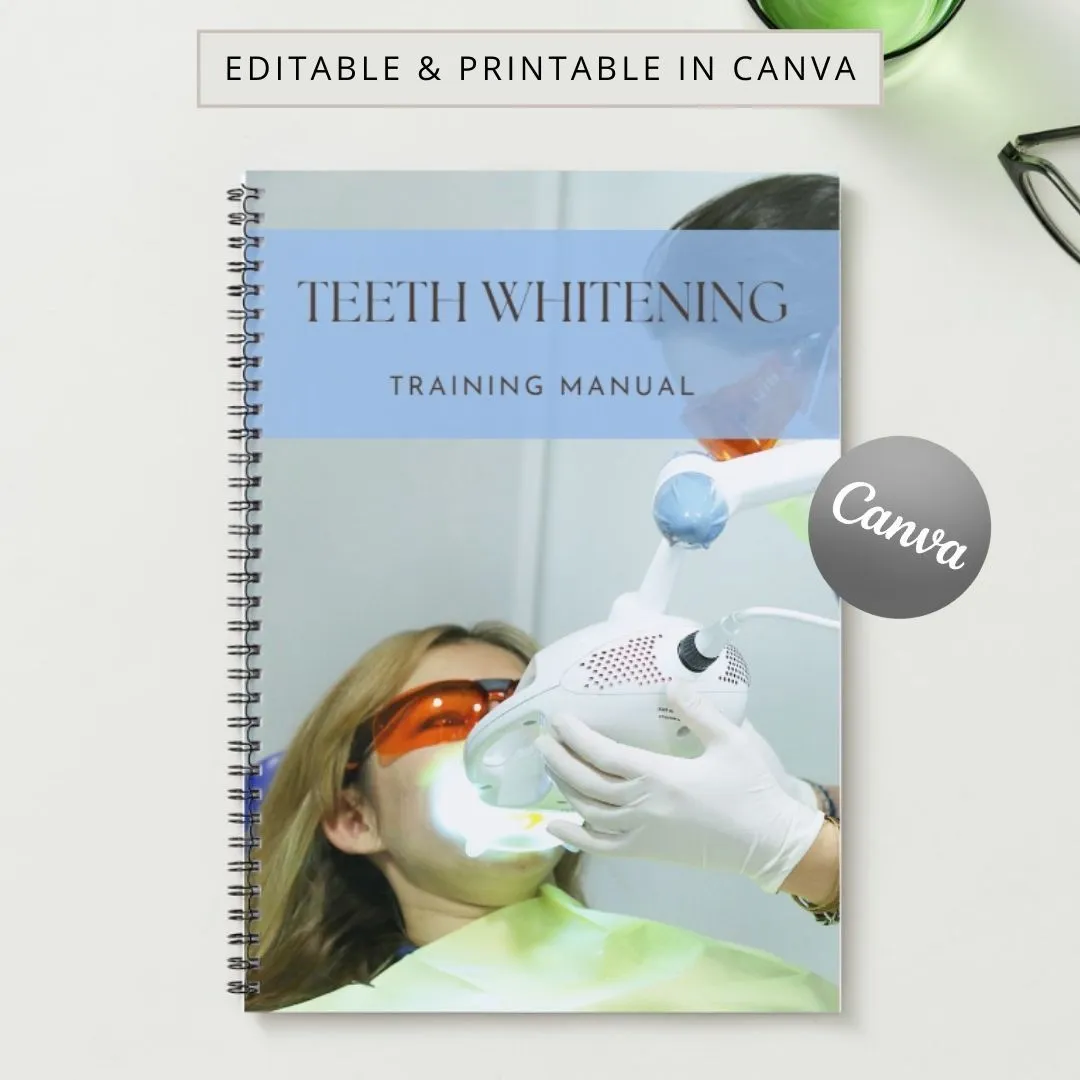
Carefully following the instructions is essential for successful and safe teeth whitening, regardless of the method you choose. For professional treatments, adhere to your dentist’s guidance, including pre-and post-treatment care. When using at-home kits or over-the-counter products, read and follow the product instructions meticulously. This means using the correct amount of the whitening agent, applying it for the recommended duration, and using the product as often as instructed. Disregarding or modifying instructions can lead to ineffective results or, even worse, potential side effects, such as tooth sensitivity or gum irritation. This will help ensure you achieve the best possible outcome while minimizing the risk of adverse effects. Precise adherence to the guidelines is critical.
Maintaining Whitening Results
Maintaining the results of your teeth whitening is just as important as the initial procedure itself. To keep your smile bright and white, adopting certain habits and practices is essential. This includes practicing good oral hygiene, avoiding stain-causing foods and beverages, and considering touch-up treatments. Following post-whitening care guidelines, such as using a sensitive toothpaste and scheduling regular dental checkups, will help to ensure that your teeth stay as bright as possible for as long as possible. This ongoing maintenance allows you to enjoy the benefits of your teeth whitening procedure for a more extended period.
Post-Whitening Care
Post-whitening care is crucial for maintaining your newly brightened smile and minimizing the risk of complications. After undergoing a teeth whitening treatment, your teeth may be more susceptible to staining, so it’s essential to follow specific guidelines. Avoid consuming highly pigmented foods and beverages such as coffee, tea, red wine, and berries for the first few days. Maintain excellent oral hygiene, brushing twice a day and flossing regularly. Using a toothpaste formulated for sensitive teeth can help reduce any sensitivity. It may be best to avoid smoking and tobacco products. Follow your dentist’s recommendations. Proper post-whitening care not only preserves the results but also contributes to overall oral health, ensuring your smile stays bright and healthy for an extended period.
Foods and Drinks to Avoid
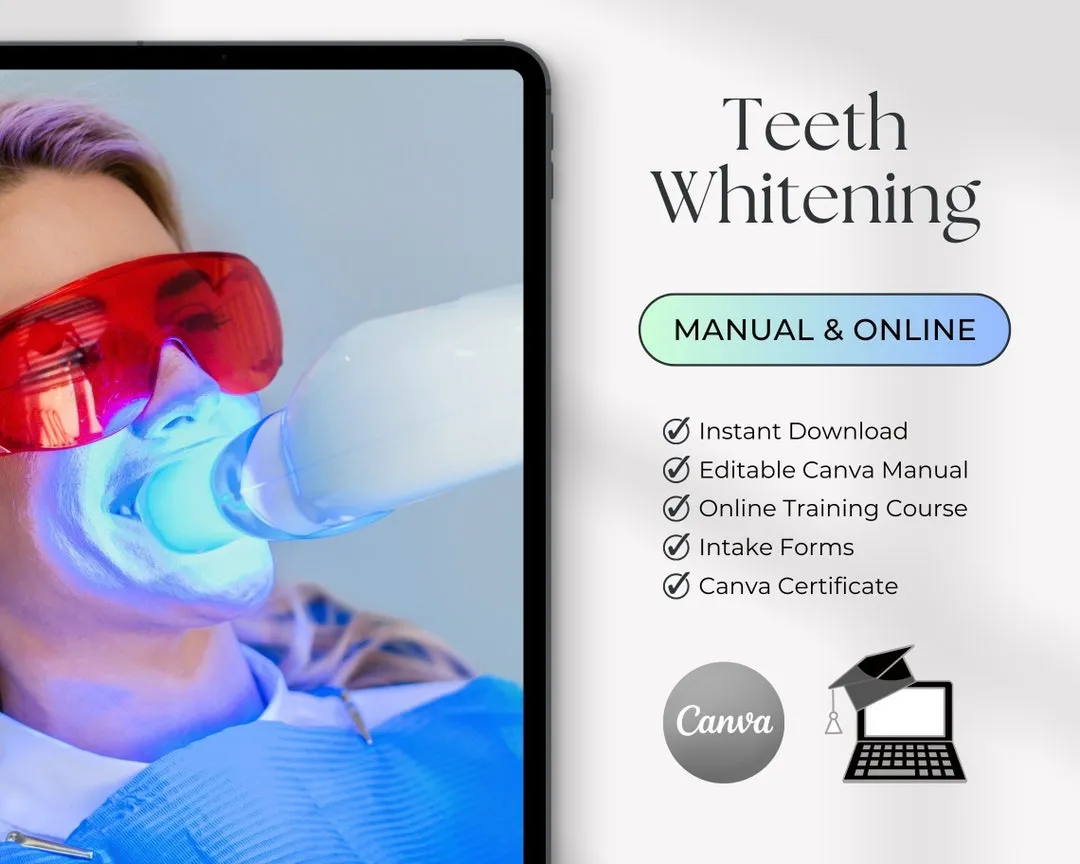
To maintain the results of your teeth whitening, it’s essential to be mindful of the foods and drinks you consume. Certain items are notorious for staining teeth and should be avoided or consumed with caution, especially immediately after whitening. Drinks like coffee, tea, and red wine contain strong pigments that can easily stain your teeth. Dark-colored foods, such as soy sauce, balsamic vinegar, and berries, also contribute to discoloration. Avoid these foods. If consuming these items, rinse your mouth with water or brush your teeth afterward. Making informed dietary choices can significantly extend the longevity of your teeth whitening and help you maintain a bright, confident smile. This proactive approach ensures that your teeth stay as white as possible for as long as possible.
Regular Dental Checkups
Regular dental checkups are an essential component of maintaining your teeth whitening results and ensuring overall oral health. During these appointments, your dentist can assess the effectiveness of your whitening treatment, identify any new stains, and provide professional cleanings to remove surface discoloration. Professional cleanings can also remove plaque and tartar, which can affect the appearance of your smile. During checkups, your dentist can address any sensitivity or other issues. Regular dental checkups help maintain your oral health. Follow the dentist’s recommendations to keep your teeth bright and healthy. This proactive strategy ensures that your teeth whitening investment lasts and that your smile remains confident and radiant.
Potential Side Effects and Considerations
While teeth whitening is generally safe, it’s important to be aware of potential side effects and considerations before proceeding with the procedure. Tooth sensitivity and gum irritation are the most commonly reported side effects. Understanding these potential issues can help you make informed decisions and take necessary precautions. This section discusses common side effects, such as tooth sensitivity and gum irritation, and provides advice on how to manage and minimize these issues. Recognizing that some individuals should avoid teeth whitening is critical. This will help you to achieve the best results. This section provides critical insights into potential complications to ensure you are well-informed before proceeding.
Tooth Sensitivity
Tooth sensitivity is a common side effect of teeth whitening, often occurring due to the bleaching agents penetrating the enamel and affecting the nerves within the teeth. This sensitivity can manifest as a sharp, temporary discomfort when consuming hot or cold foods and drinks. The intensity of sensitivity varies from person to person. The dentist or product instructions can recommend steps to manage this symptom. Using a toothpaste for sensitive teeth, avoiding extremely hot or cold foods, and undergoing fluoride treatments can help reduce sensitivity. Sensitivity typically subsides within a few days or weeks after completing the whitening treatment. If sensitivity persists or becomes severe, it’s important to consult your dentist.
Gum Irritation
Gum irritation is another potential side effect of teeth whitening, often caused by the bleaching agent coming into contact with the soft tissues of the gums. This irritation can cause redness, swelling, and tenderness. The risk of gum irritation is typically higher with professional treatments. To minimize the risk, dentists often use protective barriers, such as rubber dams, to shield the gums during the procedure. For at-home treatments, it’s essential to ensure that the whitening trays fit properly and do not extend beyond the teeth. Following the instructions carefully is crucial. If you experience gum irritation, discontinue use immediately and consult your dentist. The irritation will generally resolve within a few days. Taking these precautions minimizes the risk and ensures a safe and effective teeth whitening experience.
When to Avoid Teeth Whitening
While teeth whitening is safe for many, there are certain situations when it is advisable to avoid or postpone the treatment. Individuals with severe tooth sensitivity or gum disease may not be ideal candidates. Whitening treatments can exacerbate existing issues and cause further discomfort. Women who are pregnant or breastfeeding are typically advised to avoid teeth whitening due to limited research on its effects. People with certain dental conditions, such as cavities or exposed tooth roots, should address these problems before whitening. Teeth whitening is not recommended for those who are under the age of 16. Consulting with a dentist is crucial to assess your oral health and determine if teeth whitening is appropriate.
Conclusion
Achieving a brighter, more confident smile is within reach with the right knowledge and approach. This Teeth Whitening Manual How-To Guide has provided a comprehensive overview of the process, from understanding tooth discoloration and exploring various whitening methods to preparing for treatment and maintaining your results. By understanding the common causes of stains, selecting the right whitening technique, and adhering to post-treatment care guidelines, you can significantly improve your smile. Always prioritize consulting with a dental professional, and follow the advice and instructions carefully. With careful preparation, informed decision-making, and diligent care, you can achieve and maintain the bright, healthy smile you desire. Enjoy the journey to a more radiant and confident you!
